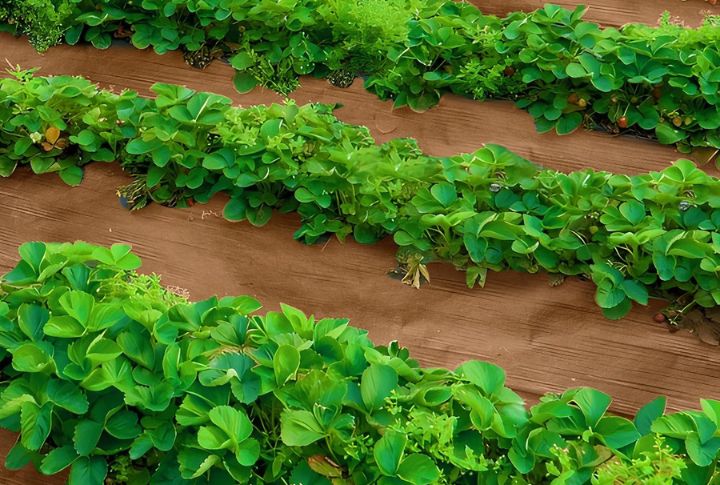
That stack of cardboard waiting to be recycled? It’s doing more in garden beds than you’d expect. Turns out, there’s a reason experienced growers are reaching for it before anything fancy. Cheap and surprisingly effective, it’s become a go-to fix for common garden issues. Are you curious about what makes plain cardboard a backyard favorite? Read on to find out.
Blocks Sunlight To Kill Weeds Naturally

If you’re tired of weeds taking over your garden, lay cardboard down flat with a little overlap—no gaps! It blocks sunlight, so weed seeds never get a chance to sprout. Even tough ones like dandelions give up. You won’t need to use chemical sprays. Just a box and a bit of time.
Turns Into Compost As It Breaks Down

Use cardboard to enrich your soil naturally. Over time, it decomposes and releases organic carbon, improving texture and supporting microbial life. Worms assist by speeding up the process. For quicker composting, shred the cardboard before applying. This method adds value while reducing the need for extra soil amendments.
Reduces Water Loss In Garden Beds
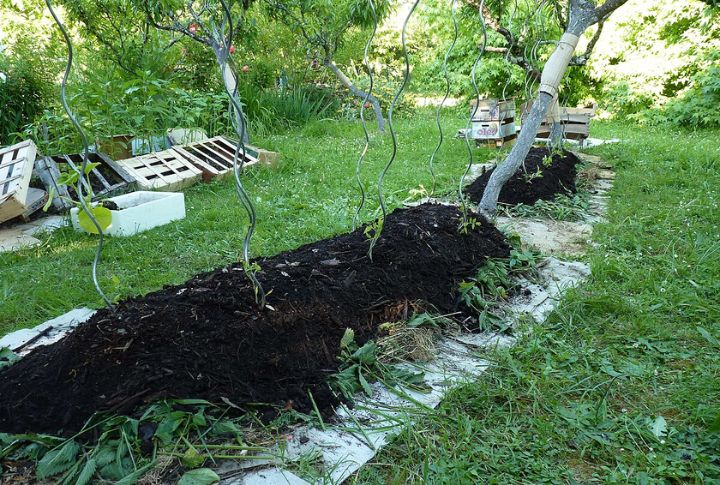
Cardboard acts as a moisture-preserving barrier in garden beds. It prevents evaporation from the soil surface and helps maintain hydration during extended dry periods. As a result, plants need to be watered less often. The approach works particularly well for water-conscious gardeners in hot climates looking to conserve resources.
Protects Soil From Erosion And Impact

Place cardboard across exposed soil to guard against erosion caused by wind and rain. During storms, the material cushions heavy water and reduces topsoil loss on slopes and raised beds. Ideal for bare areas awaiting planting, this technique preserves soil structure and reduces damage.
Makes An Effective Base For Raised Beds
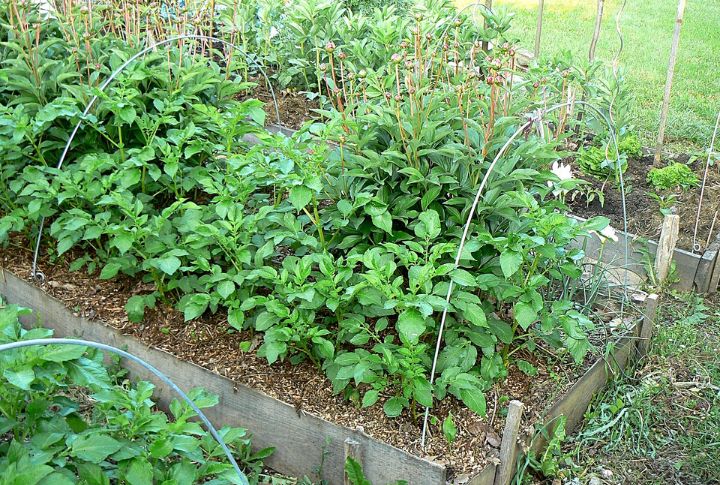
Line the base of raised beds with cardboard to block weed growth effectively. It decomposes over time without damaging roots, which makes it safe for plants. Installation is quick and requires no digging. Meanwhile, worms and microbes quickly colonize the soil underneath, boosting soil health naturally.
Helps Start A No-Dig Garden With Ease
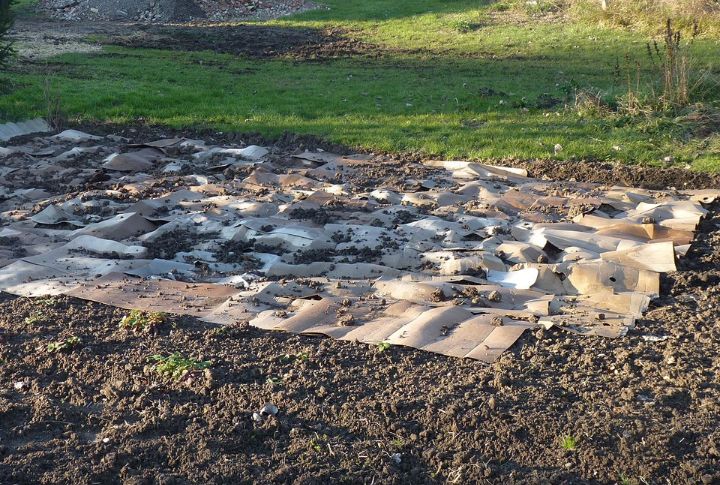
Spread cardboard onto the lawn, and it goes to work smothering turf and weeds beneath the surface. As it softens the ground, it creates a solid base for planting layers. Gardeners call it sheet mulching (or lasagna gardening), and it’s a clever way to flip a plain yard into a food-producing plot without digging.
Replaces Plastic Mulch Without The Waste

Why use plastic when cardboard does the same job without the waste? It suppresses weeds and even feeds the soil as it breaks down. Unlike plastic mulch, it won’t end up in the trash. Just grab some free shipping boxes or store leftovers and give your garden a boost.
Works As Biodegradable Pots For Easy Transplanting
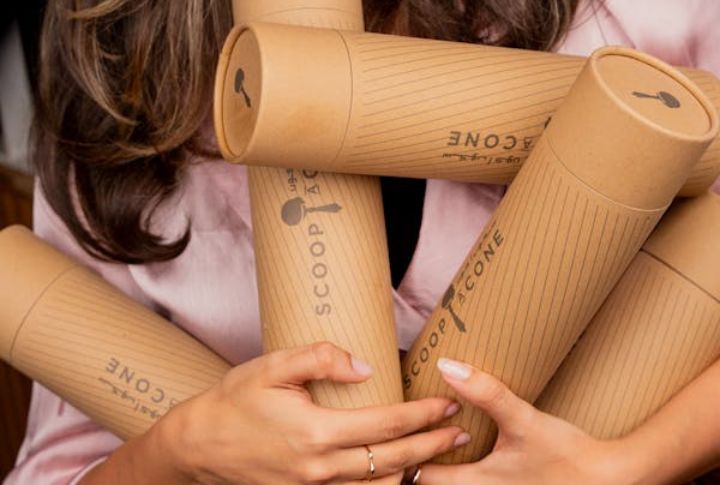
Empty cardboard tubes make great seedling pots that you can plant straight into the ground. Fold one end to form a base, fill with soil, and start your seeds. When transplanting, place the whole thing in the soil. It’s a zero-waste, cost-free alternative to plastic nursery pots.
Insulates Soil During Temperature Swings
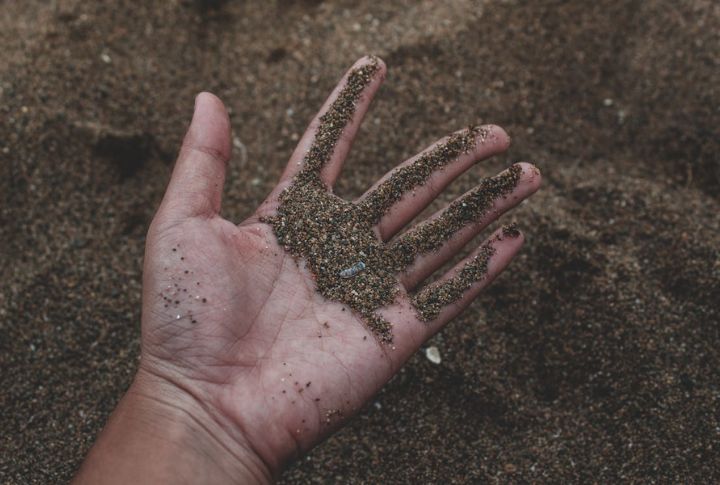
Cardboard helps soil handle changing temperatures by acting as a natural insulator. It keeps roots warmer during chilly spring and fall days and shields them from sudden heat or cold. This steady environment strengthens plant health, especially for those overwintering or growing between peak seasons.
Acts As A Pest Barrier Around Garden Beds
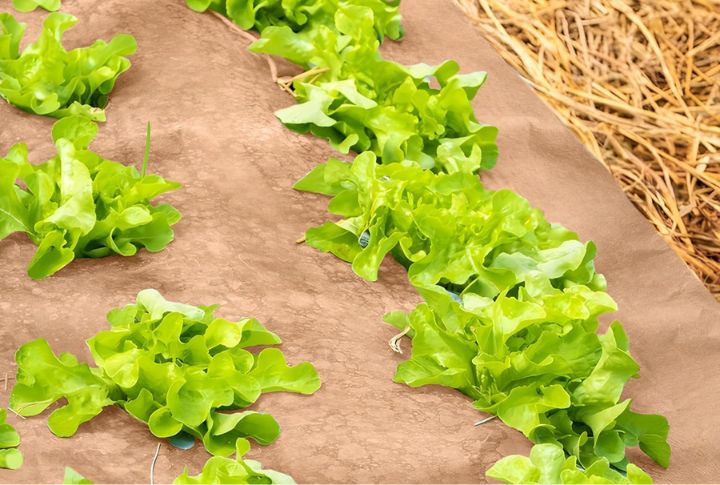
Cardboard around garden beds? Surprisingly effective at keeping pests out. Crawling bugs like slugs and beetles slow down fast. You can even soak it in garlic spray or vinegar for extra protection. It makes sneaky intruders easier to spot and squish. Add copper tape, and you’re really in business.

